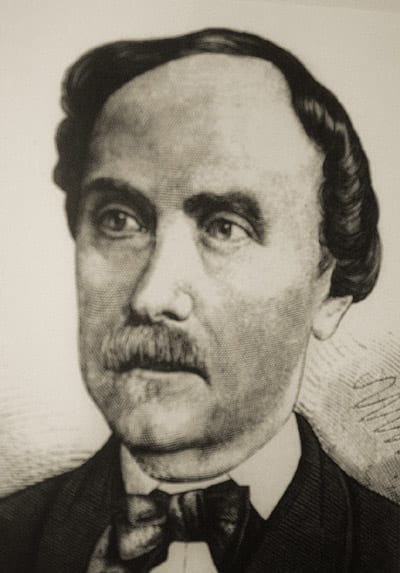Re-establishment of the Procurator General’s Office
Despite the more liberal constitutional era that began in 1860, following a decision to draft a new Code of Criminal Procedure, another twelve years passed before the entry into force of the 1873 Code on 1 January 1874, which re-established the Procurator General’s Office at the Supreme Court, again now known as the Supreme Court of Justice and Cassation. Dr. Eduard Ritter von Liszt (uncle of the composer Franz Liszt and father of the great criminal law scholar Franz von Liszt) was appointed Advocate General and Deputy Procurator General on 2 December 1873 but was only promoted to Procurator General at the end of 1875 (the post having been vacant until then). He was replaced in 1879 by the author of the Code of Criminal Procedure, Julius Glaser, after the latter’s retirement from the office of Minister of Justice. The functions he wished the Code of Criminal Procedure to allocate to the Procurator General are particularly clear in his response to the words of welcome from the first President of the Supreme Court of Justice, Dr. Anton Ritter von Schmerling: “Detached from any hierarchical connection to the Public Prosecutor’s Office at the courts of first and second instance, the Procurator General’s Office sees its field of activity as determined by the circle of hearings before the High Cassation Court, its almost sole function being to participate impartially in the resolution of the legal issues arising.”

